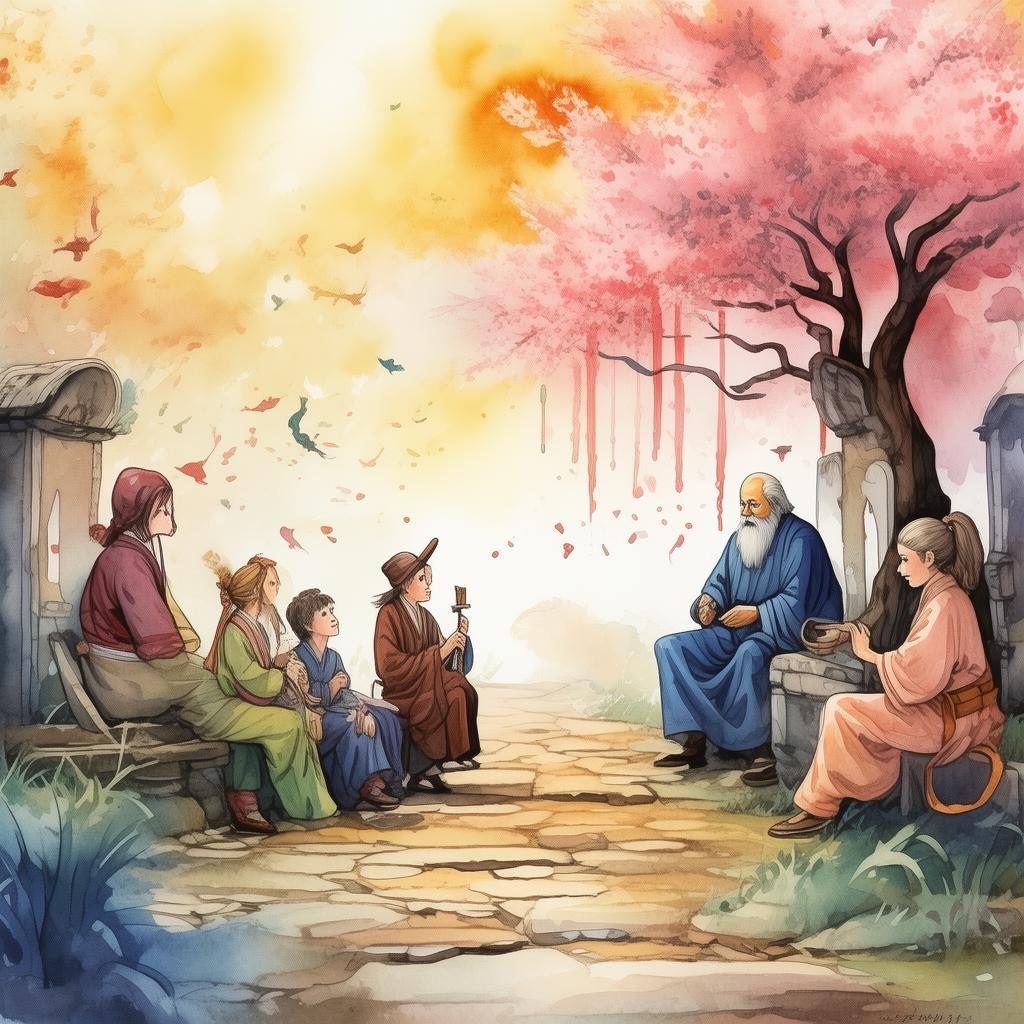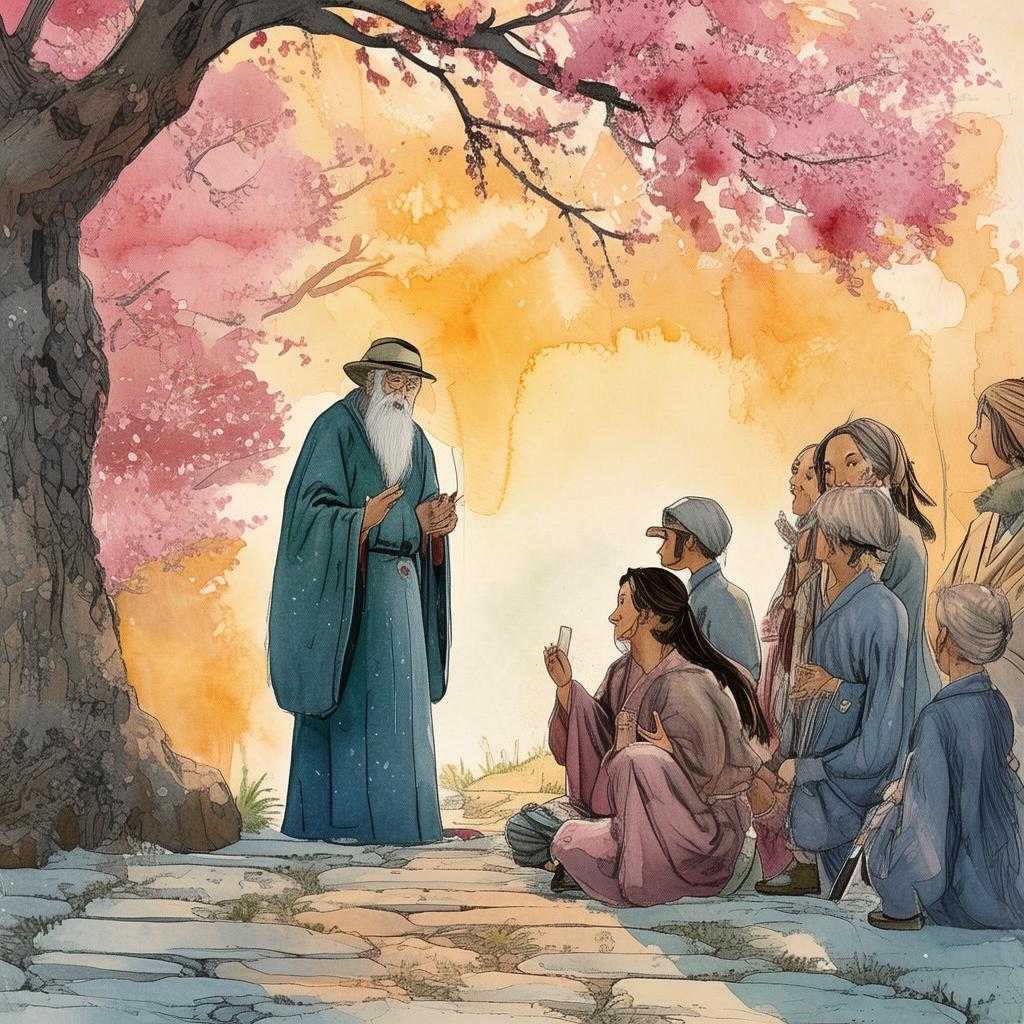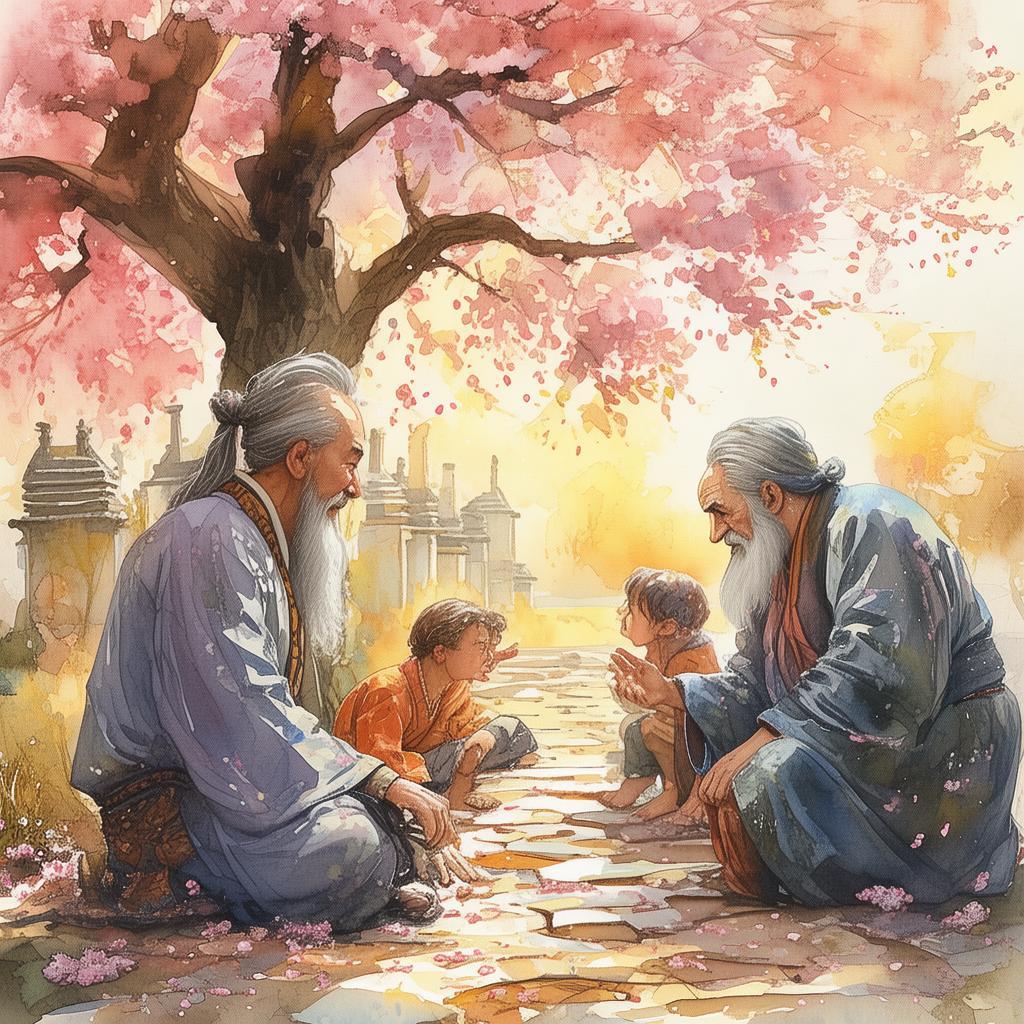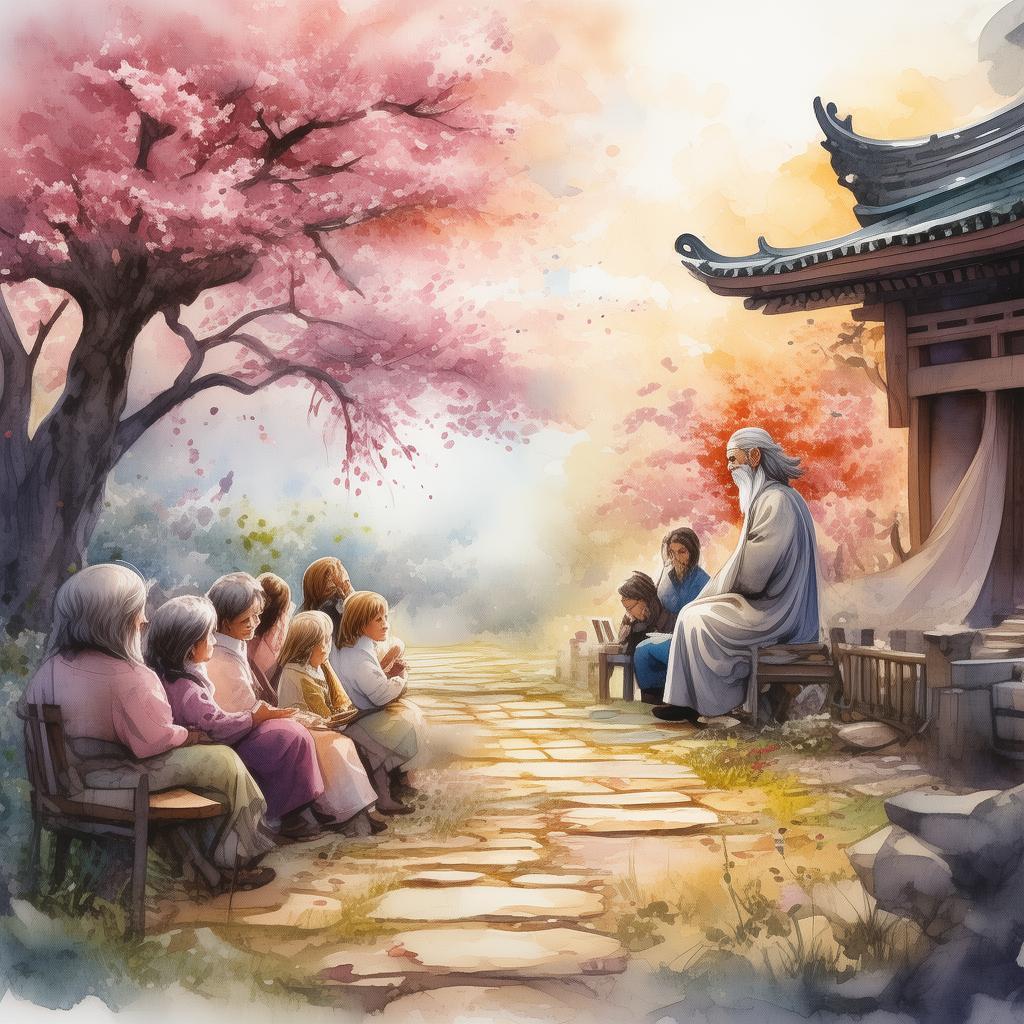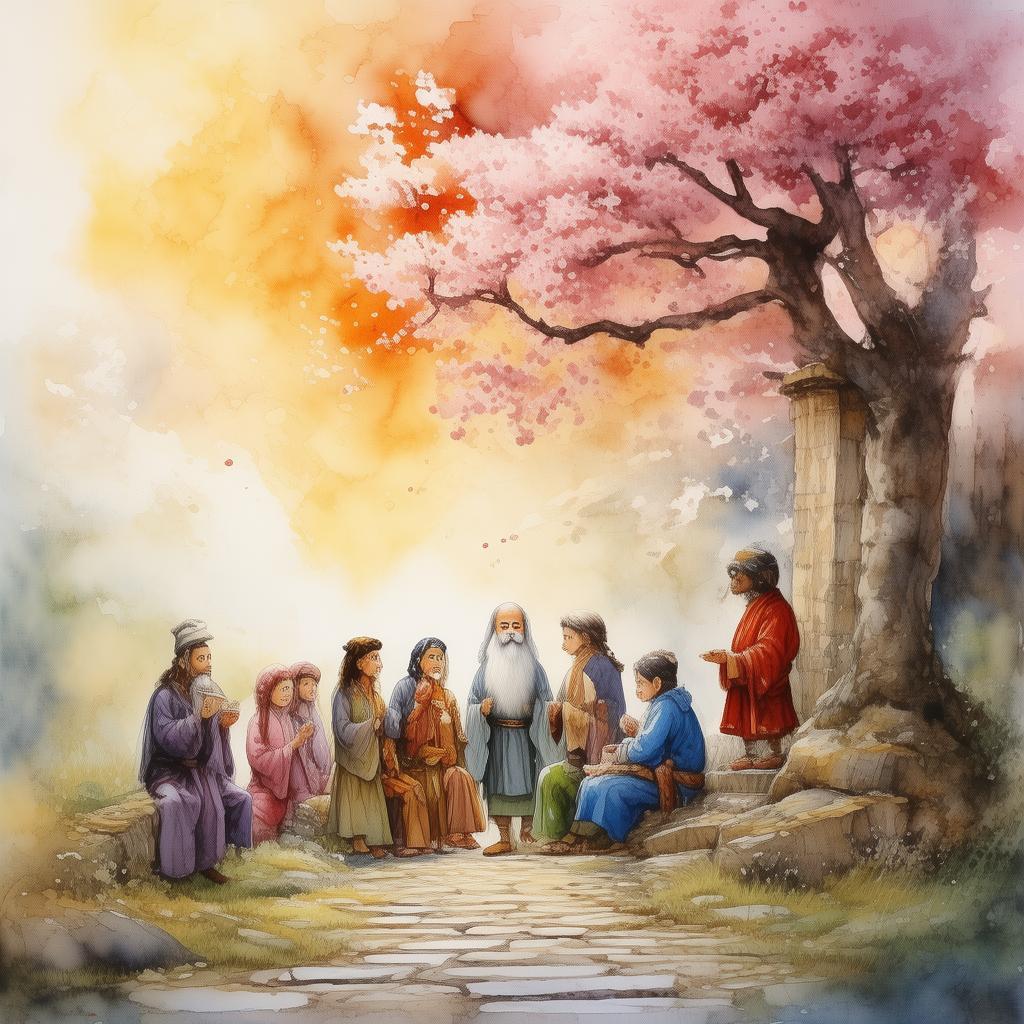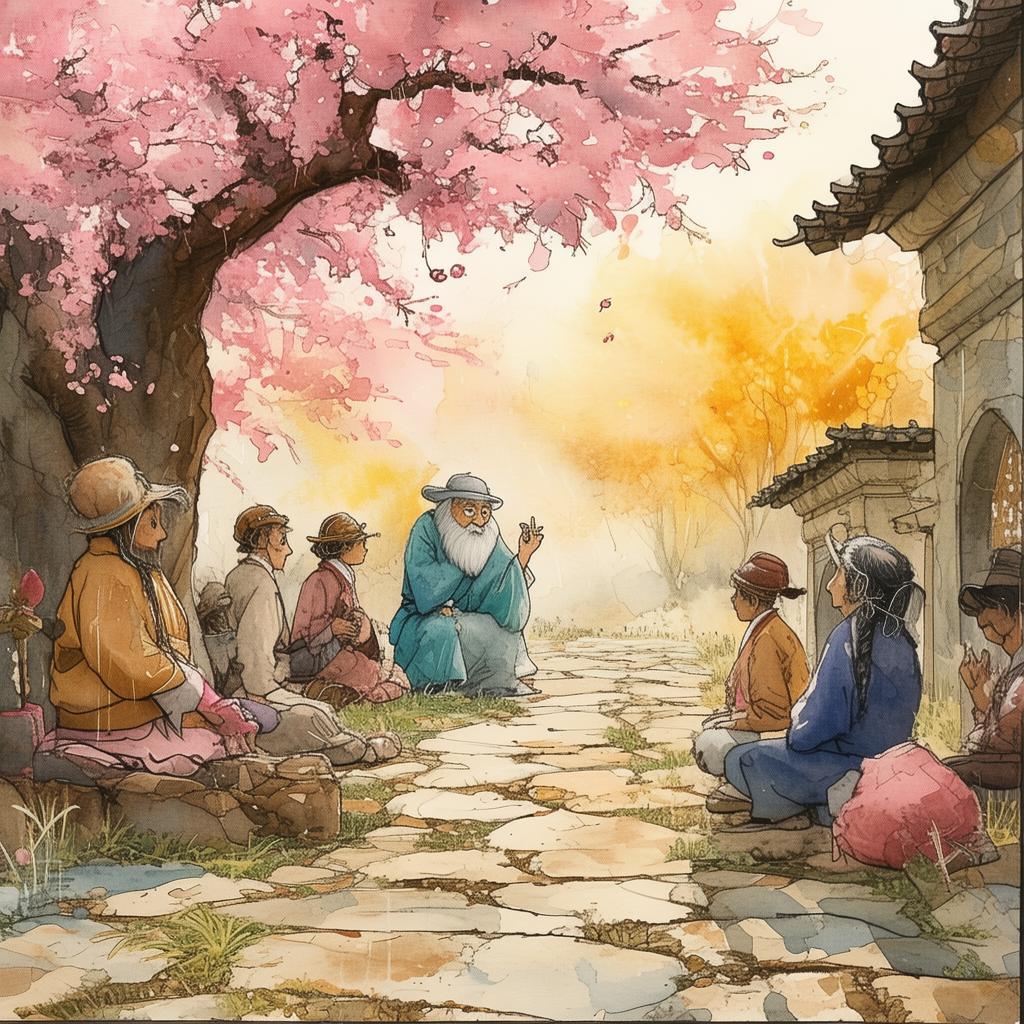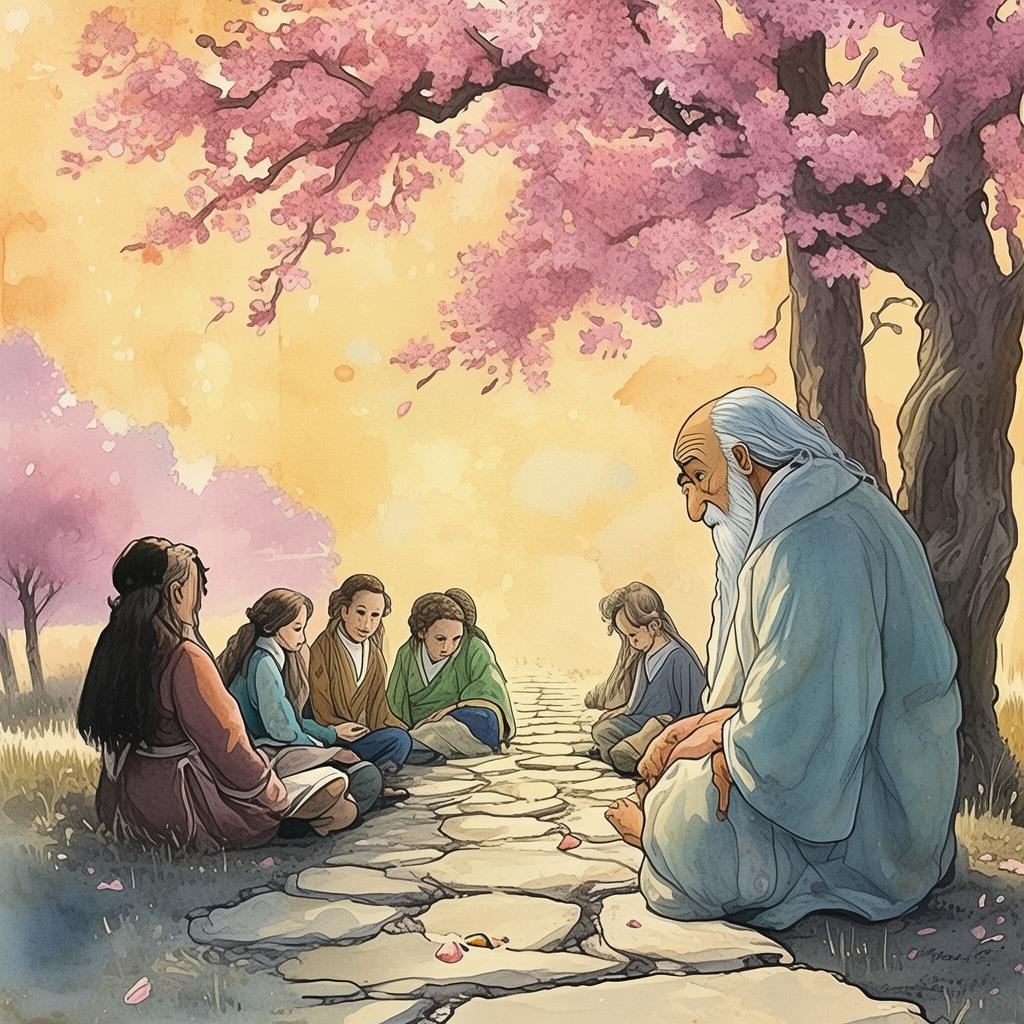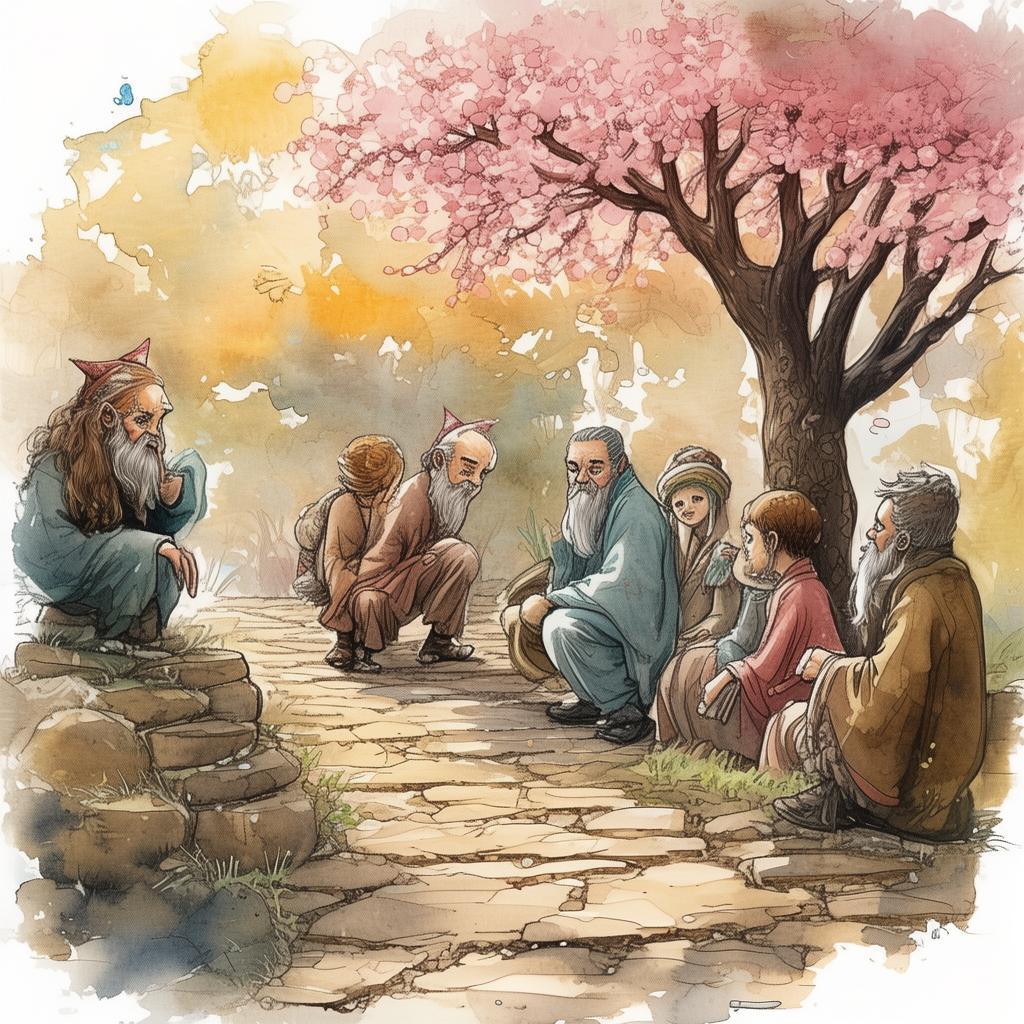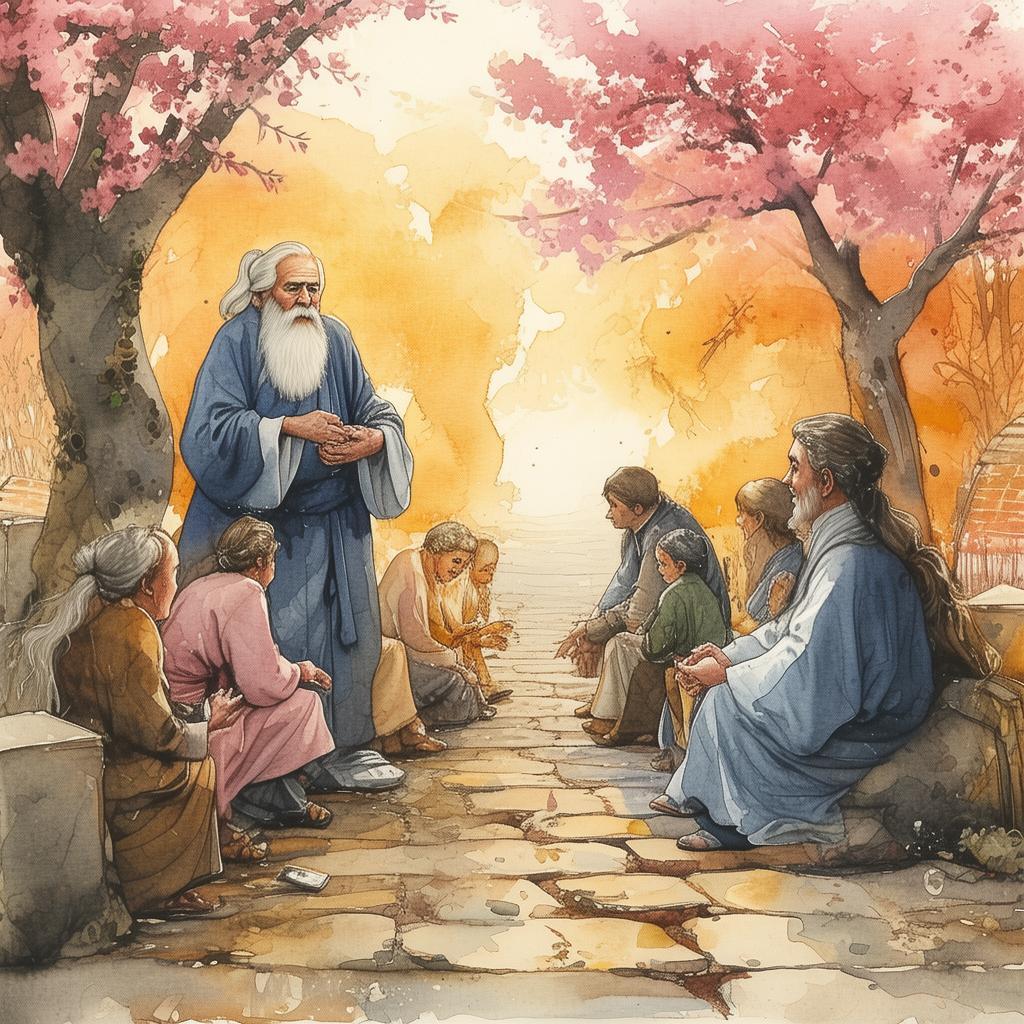Seeking the Golden Ratio: A Scholarly Scramble
The sun dipped below the horizon, casting a golden hue over the ancient university campus. In the heart of this scholarly sanctuary, five scholars from different universities stood before a stone tablet etched with an enigmatic equation. The equation, a riddle of centuries, was said to hold the key to the Golden Ratio—a ratio that had been the subject of fascination and debate among scholars for generations.
The scholars, each a master of their respective fields, had been summoned to this competition by an anonymous benefactor. The prize was not money or fame, but the opportunity to add their name to the annals of history as the one who solved the riddle of the Golden Ratio.
The first scholar, a mathematician from the University of Cambridge, stepped forward. "The equation appears to be a series of Fibonacci numbers," he began, "but the final term is not a Fibonacci number. It must be a new series."
The second scholar, a physicist from the Massachusetts Institute of Technology, nodded. "I agree with the first scholar. The series could be related to the physical constants of the universe. Let's see if we can find a pattern."
The third scholar, an architect from the University of Rome, leaned in. "If we consider the golden rectangle, we might find a connection. The ratio of the rectangle's sides is the Golden Ratio."
The fourth scholar, a historian from the University of Oxford, stepped in. "The Golden Ratio has been a part of art and architecture since ancient times. Perhaps the riddle is a reference to a historical event or figure."
The fifth scholar, a philosopher from the University of Tokyo, smiled. "All of these fields are connected by the Golden Ratio. The riddle is a call to integrate knowledge from different disciplines."
As the scholars debated, they realized that the key to solving the riddle lay not in their individual expertise, but in their collective understanding. They began to collaborate, sharing ideas and insights until a breakthrough occurred.
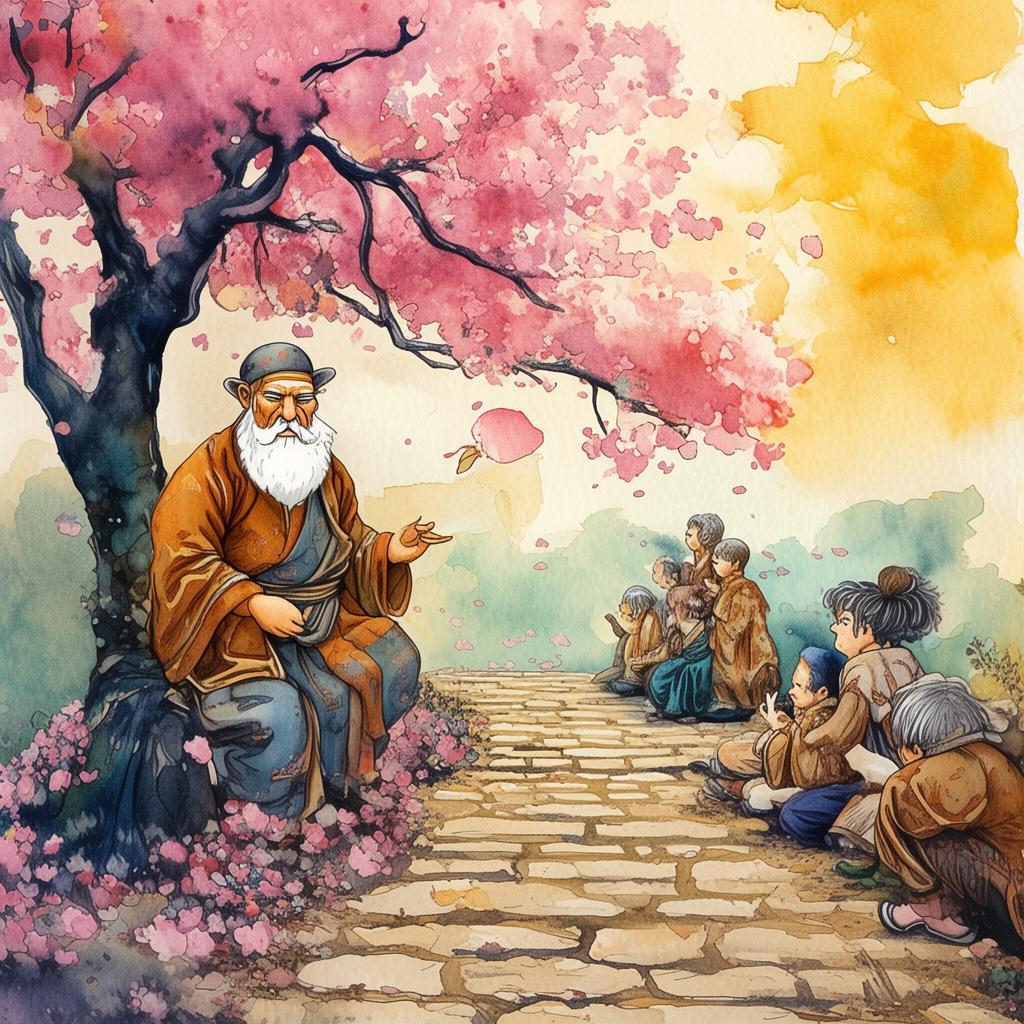
The historian pointed to a passage in an ancient text that spoke of a hidden temple, lost to time. The architect suggested that the temple's dimensions might hold the answer. The physicist used his knowledge of quantum mechanics to calculate the precise frequency of light that would reveal the temple's location.
With the historian's guidance, they traveled to the site of the ancient temple. The architect and physicist worked together to align the Golden Ratio with the temple's structure. As they did, the ground beneath them trembled, and a hidden door slowly opened.
Inside the temple, they found a chamber filled with ancient scrolls. The scrolls contained the secrets of the Golden Ratio, including a new equation that would redefine the ratio itself.
The scholars emerged from the temple, their mission complete. They had not only solved the riddle but also uncovered a new understanding of the Golden Ratio that would change the course of history.
The world was abuzz with the news of the scholars' discovery. Universities and research institutions from around the globe scrambled to understand the implications of the new equation. The scholars, now known as the "Golden Ratio Five," became the subject of countless debates and discussions.
Their journey had taught them that knowledge was not confined to books or disciplines, but was a tapestry woven from the threads of various fields. The Golden Ratio was not just a mathematical concept; it was a symbol of the interconnectedness of all things.
As the story of the "Golden Ratio Five" spread, it sparked a global scholarly scramble for knowledge. People from all walks of life began to seek understanding, to explore the depths of their own fields and to discover the connections that bound them together.
In the end, the true prize was not the solution to the riddle, but the realization that knowledge was a journey, not a destination. And that in the pursuit of understanding, the most important thing was not the answer, but the quest itself.
✨ Original Statement ✨
All articles published on this website (including but not limited to text, images, videos, and other content) are original or authorized for reposting and are protected by relevant laws. Without the explicit written permission of this website, no individual or organization may copy, modify, repost, or use the content for commercial purposes.
If you need to quote or cooperate, please contact this site for authorization. We reserve the right to pursue legal responsibility for any unauthorized use.
Hereby declared.
